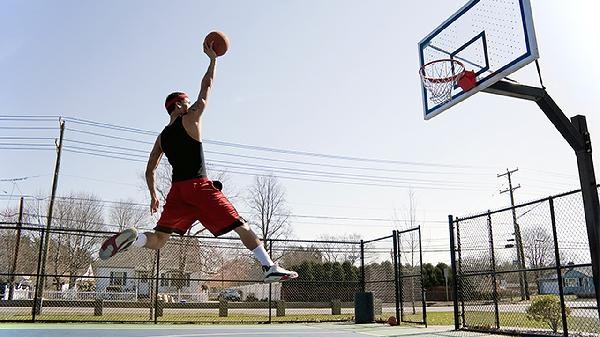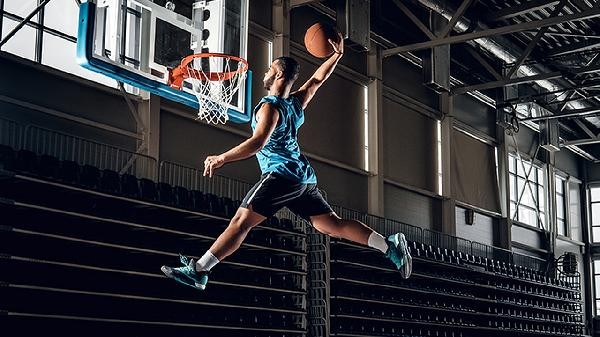Basketball specific strength training mainly includes targeted projects such as lower limb explosive strength training, core stability training, upper limb push-pull strength training, whole-body coordination training, and anti rotation strength training.

1. Lower limb explosive training
Squat jumping and box jumping are typical lower limb explosive training movements that can enhance jumping height and rebounding ability. The weight-bearing lunge squat can enhance the single leg kicking strength during breakthrough, while the step training simulates the rapid kicking movement in the transition between offense and defense. This type of training needs to be accompanied by the rapid stop and start rhythm in basketball, 2-3 times a week, paying attention to landing buffering to reduce the risk of knee joint injury.
2. Core stability training
Medicine ball throwing and hanging leg lifting can strengthen the oblique muscle group and improve body control during aerial confrontation. The flat support variant can enhance the stability of the torso in defensive posture, while the Russian rotation focuses on the rotational strength of the torso during passing and shooting. It is recommended to integrate core training into dynamic movements, such as dribbling and anti rotation training, which is more in line with practical needs.
3. Upper limb push and pull strength training
Push up variations enhance the endurance of the rotator cuff muscle group during shooting, and pull ups increase the upper limb tension during steals. Dumbbell pressing can improve the efficiency of long-range transmission, while elastic band resistance training simulates the stretching of both arms during defense. During training, it is necessary to maintain stability of the scapula and avoid excessive development of the pectoral muscles that may cause deformation in shooting movements. Weight selection should be 15-20 times per group.

4. Whole body coordination training
The kettlebell swing combines the power chain of lower limb extension and upper limb swing, which is highly consistent with the jump shot action mode. Battle rope training can synchronously develop cardiovascular function and limb coordination, while medicinal ball hitting practice strengthens the full body explosive power during fast breaks. This type of compound action should account for 30% -40% of the total training, paying attention to the combination of action rhythm and basketball specific skills.
5. Anti rotation strength training
Elastic band anti rotation push and pull can improve trunk control during directional dribbling, and single-sided weight-bearing walking training can prevent center of gravity deviation during breakthrough. The oblique resistance exercise of pulley equipment simulates defensive sliding movements, which can significantly reduce the probability of injury during sudden turns and stops. It is recommended to conduct this type of training in a fatigued state, which is closer to the physical condition at the end of the competition.

Basketball strength training should follow the principle of periodicity, with a focus on building maximum strength before the season and transitioning to maintaining explosive power during the season. Dynamic stretching and fascial relaxation should be performed before and after each training session, with special attention paid to ankle and hip joint flexibility training. Ensure a protein intake of 1.4-2 grams per kilogram of body weight in terms of diet, and promptly supplement carbohydrates and electrolytes after training. It is recommended to use video analysis technology to accurately translate the results of strength training into specialized technical movements, and regularly conduct vertical jumping and directional running tests to evaluate the training effectiveness.






Comments (0)
Leave a Comment
No comments yet
Be the first to share your thoughts!